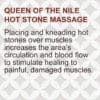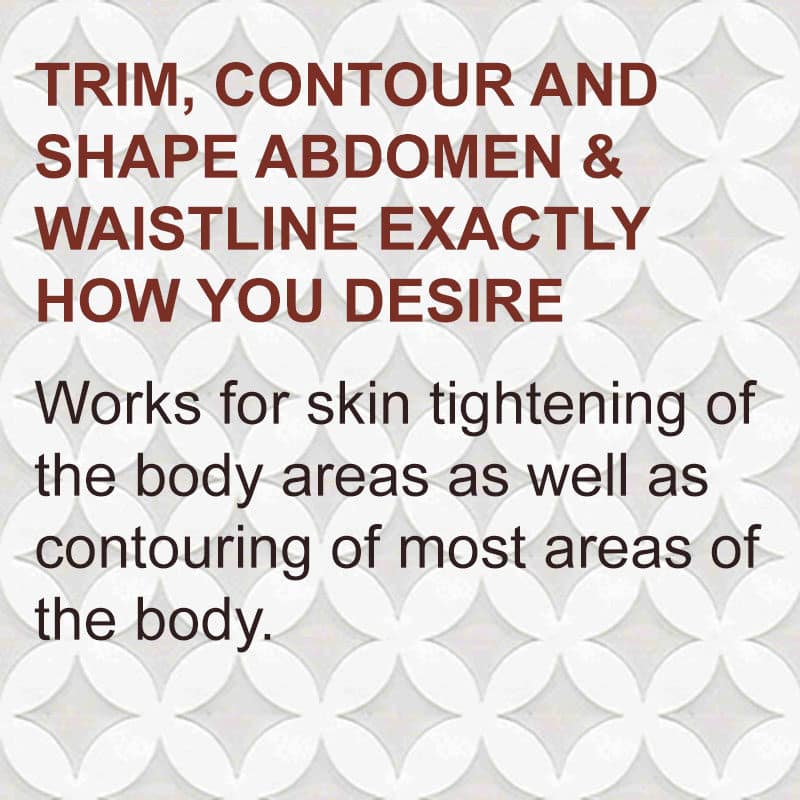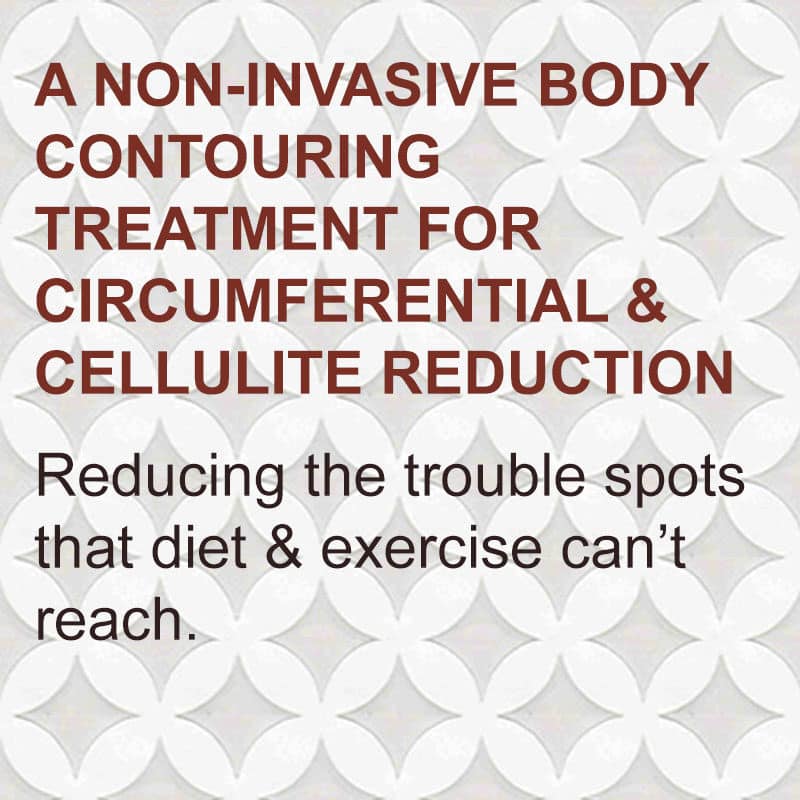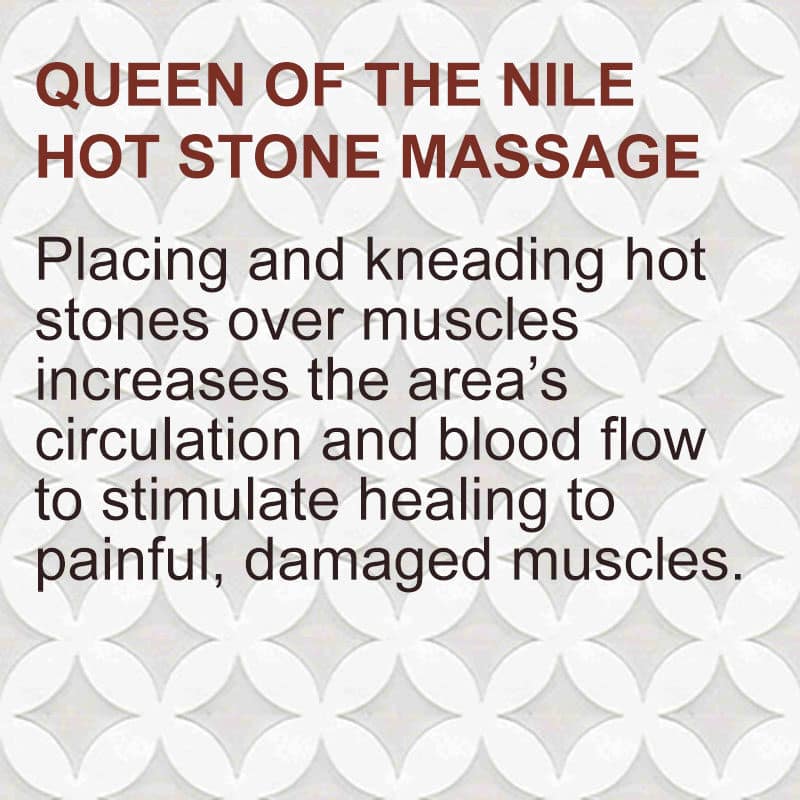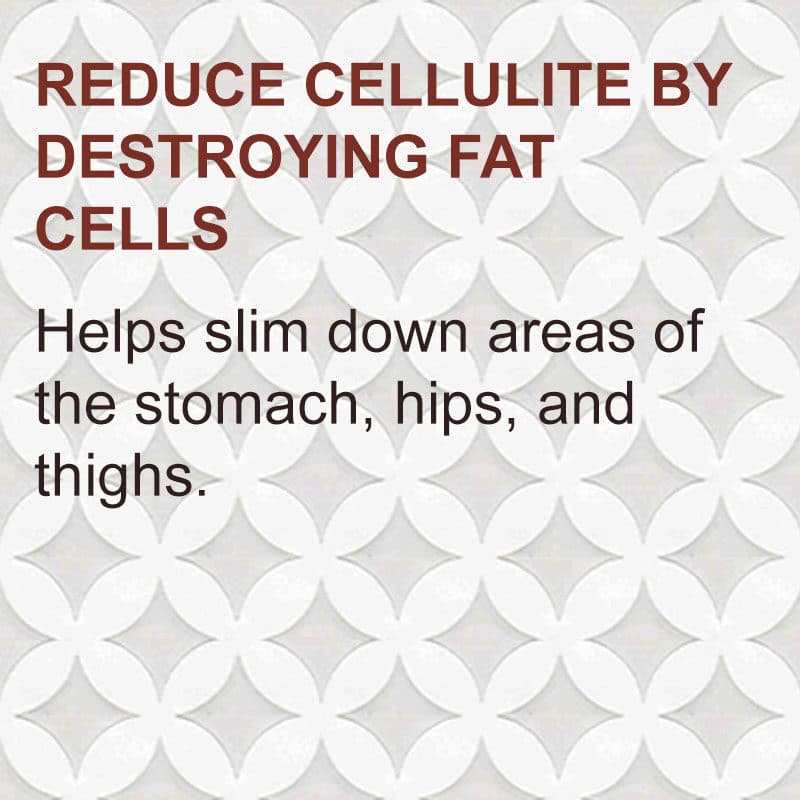SKN Prenatal Massage
30 min $70 / 60 min $125 / 90 min $170
SKN Prenatal Massage is a healthy way to reduce stress on weight-bearing joints. Encourages blood and lymph circulation and helps to relax nervous tension. which aids in better sleep and can help relieve depression or anxiety caused by hormonal changes.
Prenatal massage, also known as pregnancy massage, is a therapeutic massage tailored specifically for pregnant women to address their unique needs and concerns during pregnancy. Here are key aspects of prenatal massage:
- Purpose: Prenatal massage focuses on addressing the physical discomforts associated with pregnancy, such as lower back pain, hip discomfort, swelling, and fatigue. It also aims to promote relaxation and emotional well-being during this special time.
- Safety Considerations: Prenatal massage is performed with modifications to ensure the safety and comfort of both the mother and baby. Therapists are trained to use techniques that avoid pressure on certain areas and avoid specific techniques that may be contraindicated during pregnancy.
- Positioning: Typically, pregnant women are positioned on their side during the massage with pillows for support. This side-lying position allows the therapist to effectively work on the back, hips, and other areas while avoiding undue pressure on the abdomen.
- Techniques: The massage techniques used in prenatal massage are often gentle and focus on reducing muscle tension and promoting relaxation. Common techniques include Swedish massage strokes (such as gentle kneading and long strokes), light pressure on specific points, and sometimes techniques to address specific pregnancy-related discomforts like sciatic nerve pain.
- Benefits: Prenatal massage offers numerous benefits, including relief from muscle tension and pain, improved circulation, reduction of swelling (edema), alleviation of stress and anxiety, and better sleep quality. It can also help prepare the body for labor and delivery by promoting relaxation and reducing muscle tension.
- Timing: Prenatal massage can be performed throughout pregnancy, though it’s essential to consult with your healthcare provider before starting massage therapy, especially if you have any high-risk conditions or concerns.
Overall, prenatal massage can be a valuable part of a woman’s prenatal care regimen, providing physical and emotional support during pregnancy. It’s important to communicate openly with your massage therapist about any discomforts or concerns you may have to ensure a safe and effective session.
Prenatal massage can generally be received at any point during pregnancy, but there are a few considerations regarding timing and safety:
- First Trimester: While there’s generally no specific prohibition against prenatal massage during the first trimester, some women prefer to wait until the second trimester when the risk of miscarriage is lower. Always consult with your healthcare provider before starting prenatal massage, especially if you have concerns or specific medical conditions.
- Second Trimester: This is often considered the ideal time for prenatal massage. By this stage, any early pregnancy discomforts like nausea and fatigue may have eased, and the belly is not yet too large to limit positioning options. Massage during the second trimester can help alleviate muscle tension, back pain, and other physical discomforts associated with pregnancy.
- Third Trimester: Prenatal massage can still be beneficial during the third trimester, but the positioning for massage may need to be adjusted as the belly grows larger. Side-lying positions with pillows for support are common during this stage to ensure comfort and safety.
- High-Risk Pregnancies: If you have a high-risk pregnancy or specific medical conditions, such as preeclampsia, placental abnormalities, or a history of preterm labor, it’s crucial to get clearance from your healthcare provider before receiving prenatal massage.
Ultimately, the timing of prenatal massage can vary based on individual circumstances and preferences.
Here are some commonly asked questions and answers about prenatal massage:
- What is prenatal massage? Prenatal massage, also known as pregnancy massage, is a therapeutic massage specifically designed for pregnant women to address their unique physical and emotional needs during pregnancy.
- What are the benefits of prenatal massage? Prenatal massage can help alleviate common pregnancy discomforts such as lower back pain, hip pain, swelling, and fatigue. It promotes relaxation, reduces stress and anxiety, improves circulation, and enhances overall well-being.
- Is prenatal massage safe during pregnancy? Yes, prenatal massage is generally safe when performed by a trained and experienced massage therapist who uses appropriate techniques and precautions. It’s important to consult with your healthcare provider before starting prenatal massage, especially if you have any high-risk conditions or concerns.
- When is the best time to get a prenatal massage? Prenatal massage can be received throughout pregnancy, but many women find the second trimester (weeks 13 to 27) to be the most comfortable and beneficial period. During the third trimester, adjustments may be needed due to the size of the belly.
- What positions are used during prenatal massage? Typically, pregnant women are positioned on their side with pillows for support to ensure comfort and safety. Side-lying positions allow the massage therapist to effectively work on the back, hips, and other areas while avoiding pressure on the abdomen.
- What techniques are used in prenatal massage? Prenatal massage techniques are usually gentle and focus on relieving muscle tension and promoting relaxation. Common techniques include Swedish massage strokes (such as effleurage and petrissage), light pressure on specific points, and sometimes techniques to address pregnancy-related discomforts like sciatic nerve pain.
- Are there any contraindications for prenatal massage? While prenatal massage is generally safe, there are some contraindications and precautions to consider. Women with certain medical conditions or pregnancy complications (such as preeclampsia, placental abnormalities, or a history of preterm labor) should consult with their healthcare provider before receiving prenatal massage.
- What should I expect during a prenatal massage session? During a prenatal massage, you’ll typically lie on a massage table in a comfortable position with support from pillows. The therapist will use techniques tailored to your needs and comfort level, focusing on areas of tension and discomfort.
support during pregnancy. Always communicate openly with your massage therapist and healthcare provider to ensure a safe and beneficial experience.
Post-care after a prenatal massage session is important to ensure that you continue to benefit from the treatment and maintain your comfort. Here are some post-care tips:
- Hydration: Drink plenty of water after the massage to help flush out toxins and maintain hydration, which supports circulation and overall well-being.
- Rest and Relaxation: Allow yourself time to rest and avoid strenuous activities or heavy lifting for the remainder of the day to continue benefiting from the relaxation induced by the massage.
- Gentle Movement: Engage in gentle movement and light stretching to prolong the benefits of the massage, promoting flexibility and enhancing circulation in the muscles.
- Nutrition: Eat a light, nutritious meal after the massage, focusing on foods rich in vitamins and minerals that support muscle relaxation and overall wellness.
- Avoid Extreme Temperatures: For the next 24 hours, refrain from hot baths, saunas, or heat packs, as well as exposure to very cold temperatures or ice packs, as these can affect your relaxed state.
- Feedback: Reflect on your massage experience and communicate any discomfort or areas of concern with your therapist. They can provide guidance and adjust future sessions as needed to better meet your needs.
- Self-Care Practices: Incorporate self-care techniques such as mindfulness exercises, deep breathing, or relaxation techniques to enhance the benefits of the massage and promote overall well-being.
- Schedule Regular Sessions: Consider scheduling regular prenatal massage sessions based on your comfort level and needs. Regular massages can help alleviate pregnancy-related discomforts and support your overall well-being.
- Follow Medical Advice: If your healthcare provider has provided specific recommendations or precautions following your massage, ensure to follow their advice for optimal prenatal care.
By following these post-care tips, you can effectively maximize the benefits of your prenatal massage, supporting your body’s well-being throughout pregnancy. Always maintain open communication with your massage therapist to ensure a safe and beneficial experience tailored to your needs.


